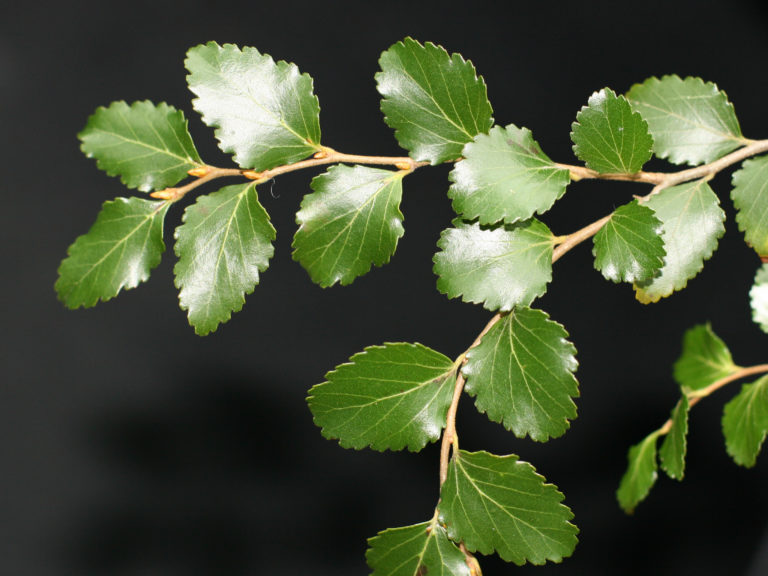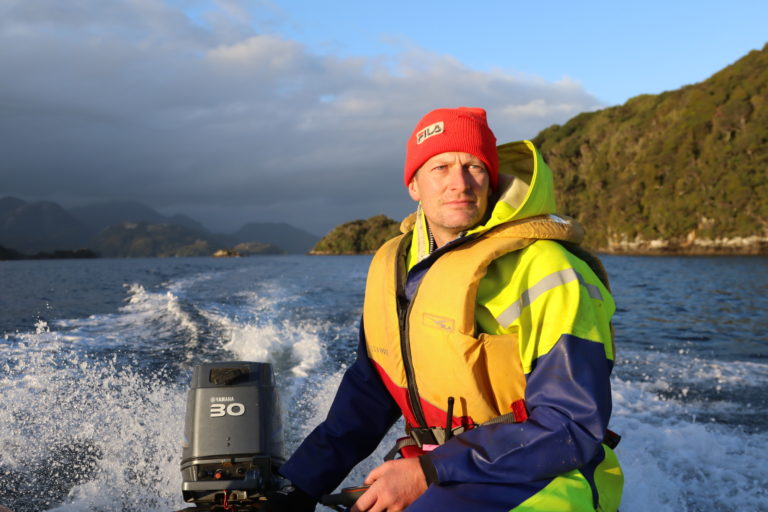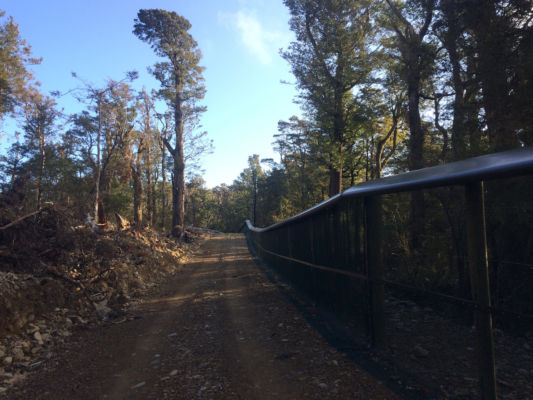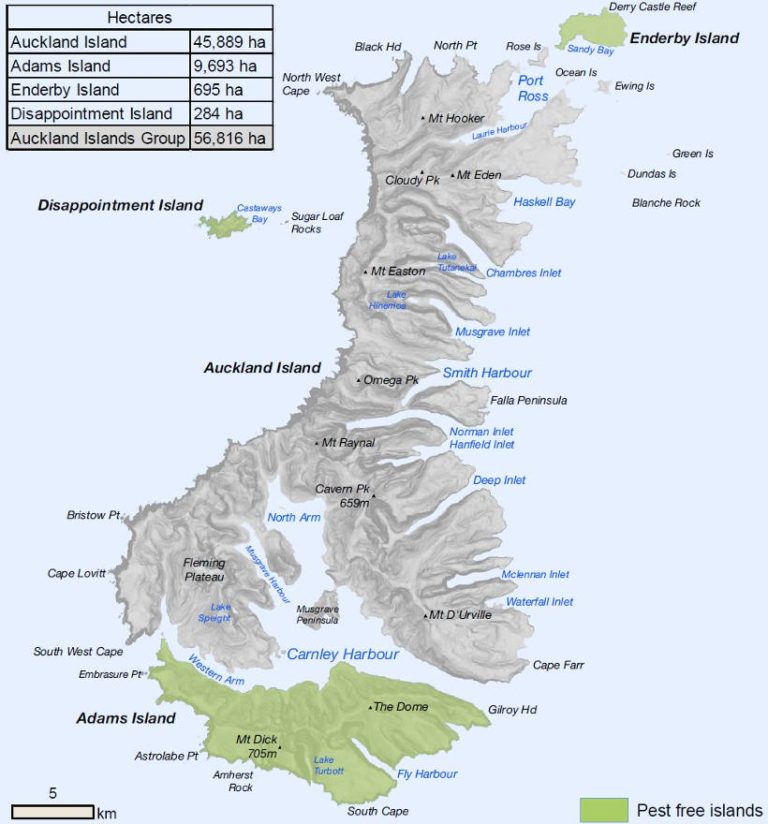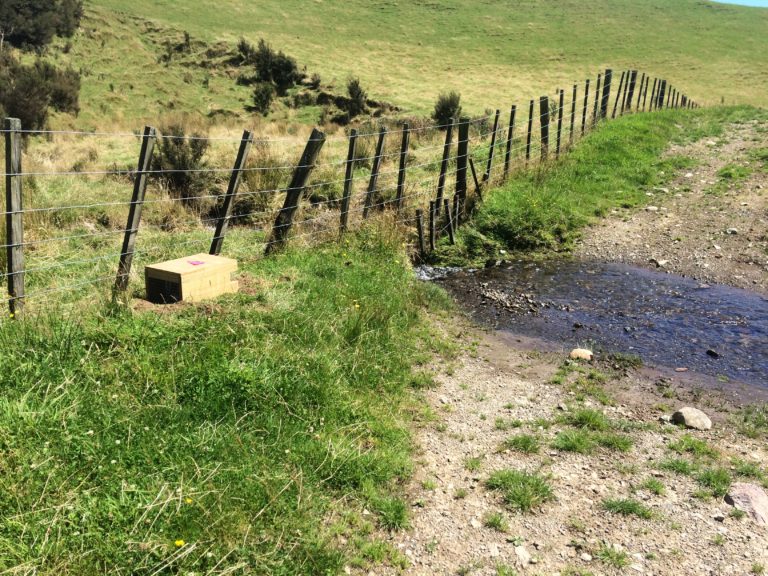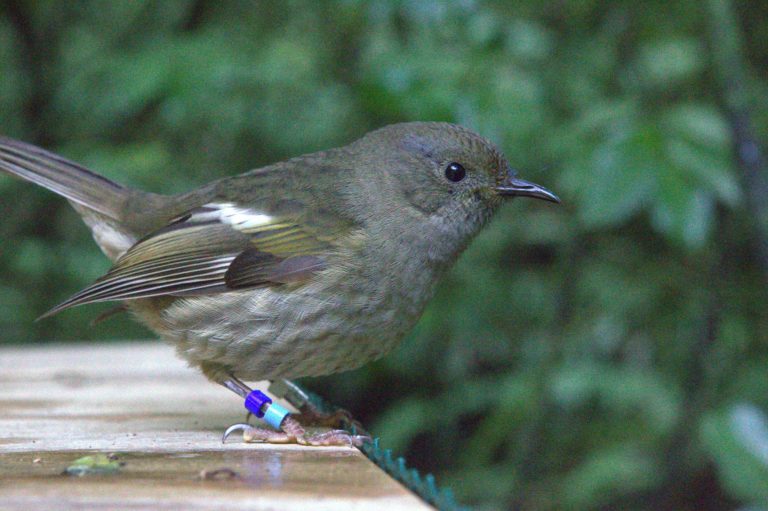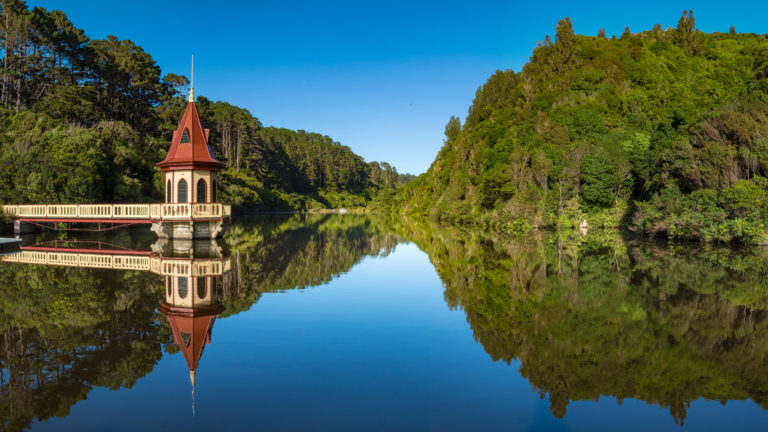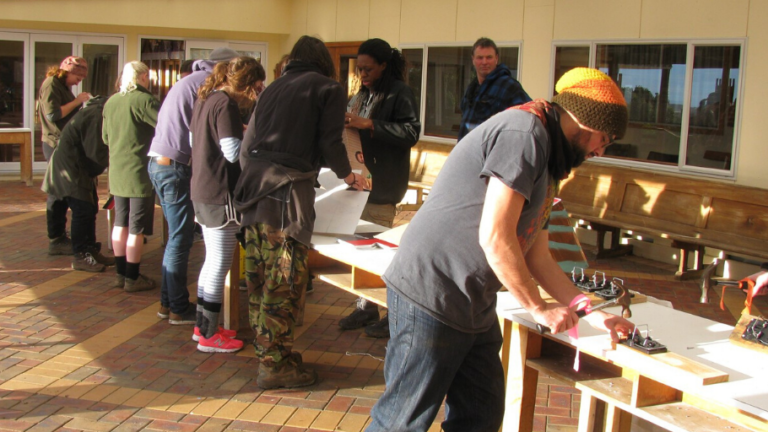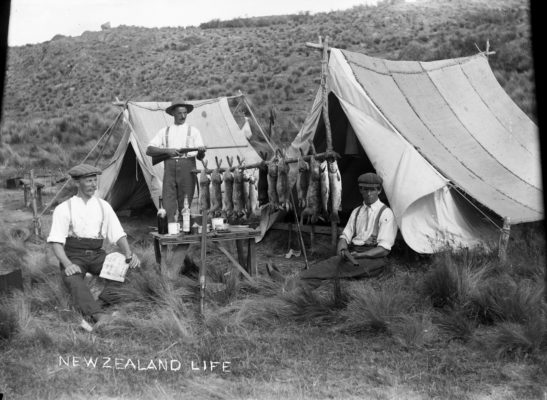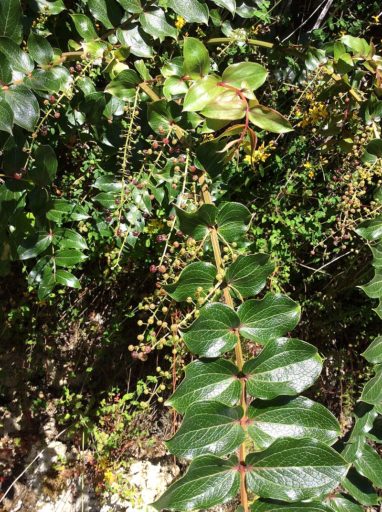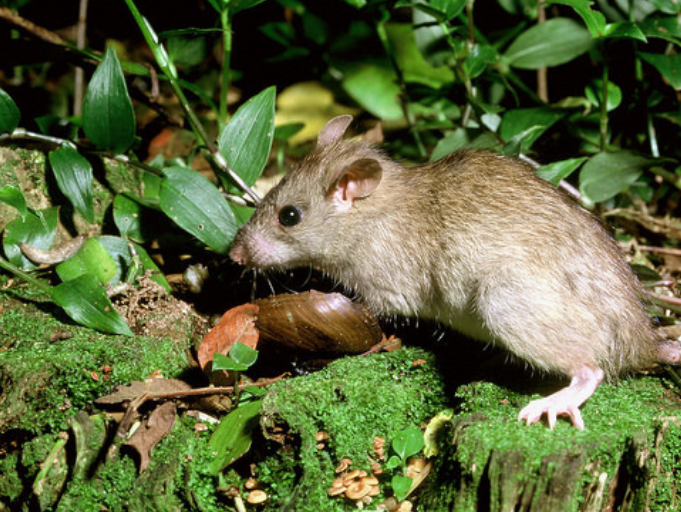Search results for: "rodents"
Study looks at kiore when rival rat species absent
The kiore was Aotearoa/New Zealand's first introduced mammal predator, arriving about 750 years ago with seafaring Polynesian explorers.
Blue Mountains study shows 1080 effective – even for hedgehogs, mice
A 1080 operation in the Blue Mountains, West Otago, not only controlled rats, stoats and possums but also had an impact on mice and hedgehogs.
Native bats may have fern dispersal role
Bats may have a role in spreading fern spores, helping the spores to spread a greater distance than they might otherwise manage without a helping wing.
No easy answers, but eradication efforts ongoing for Resolution Island
When the Resolution Island Stoat Eradication Programme began in Dusky Sound in 2008 no-one said it would be easy and there are still stoats there.
Rats on the move – how far do they disperse?
How far might young rats disperse if they find themselves in a place with few other rat competitors?
What’s happening up in the hood?
Rats have discovered that the rolled steel hood (designed to stop mammals climbing over the fence), also makes a great way to get around, safely out of reach of their own predators like stoats and cats.
Liverpool researchers study rat audio lures
Researchers at the University of Liverpool, UK have been looking at other ways to attract rats into bait or trap boxes using audio lures.
Auckland Islands introductions included horses, possums, chickens
There were once horses on the Auckland Islands. Possums were deliberately introduced too but didn’t last long. Hardly surprising. It’s a harsh environment.
Predator Hunter — Trap Placement
Trap placement for species with bigger home ranges can really make a difference. Placing the trap at a site where predators have the greatest possible chance of encountering it.
‘Intractable species’ prove a challenge for conservation
Why are some native species so much harder to save? Kelly Hare et al have called them the ‘intractable species’ and investigate.
Ecosanctuaries in the spotlight
Ecosanctuaries are our modern-day ‘Noah’s Ark’ and range from small islands to ring-fenced sanctuaries like Maungatautari, Orokonui and Zealandia.
Latest round of predator free communities announced
We are pleased to announce the addition of 11 communities to our Predator Free Community programme — taking the total number of communities to 66.
New book tells story of ‘Disaster on Four Small Paws’
Meticulous historical and scientific research, along with a lifetime of practical field experience come together in Dr Carolyn King's latest book.
Native plants show potential as future rat toxins
Tuhoe researchers recently joined other scientists in evaluating naturally occurring toxins in native plants to test their potential as rodenticides.
Life of plenty for beech forest ship rats
Kepler Challenge Trust helped out by supplying 248 trapped ship rats back in 2009-2010, so that researchers could study what the rats had been eating.


